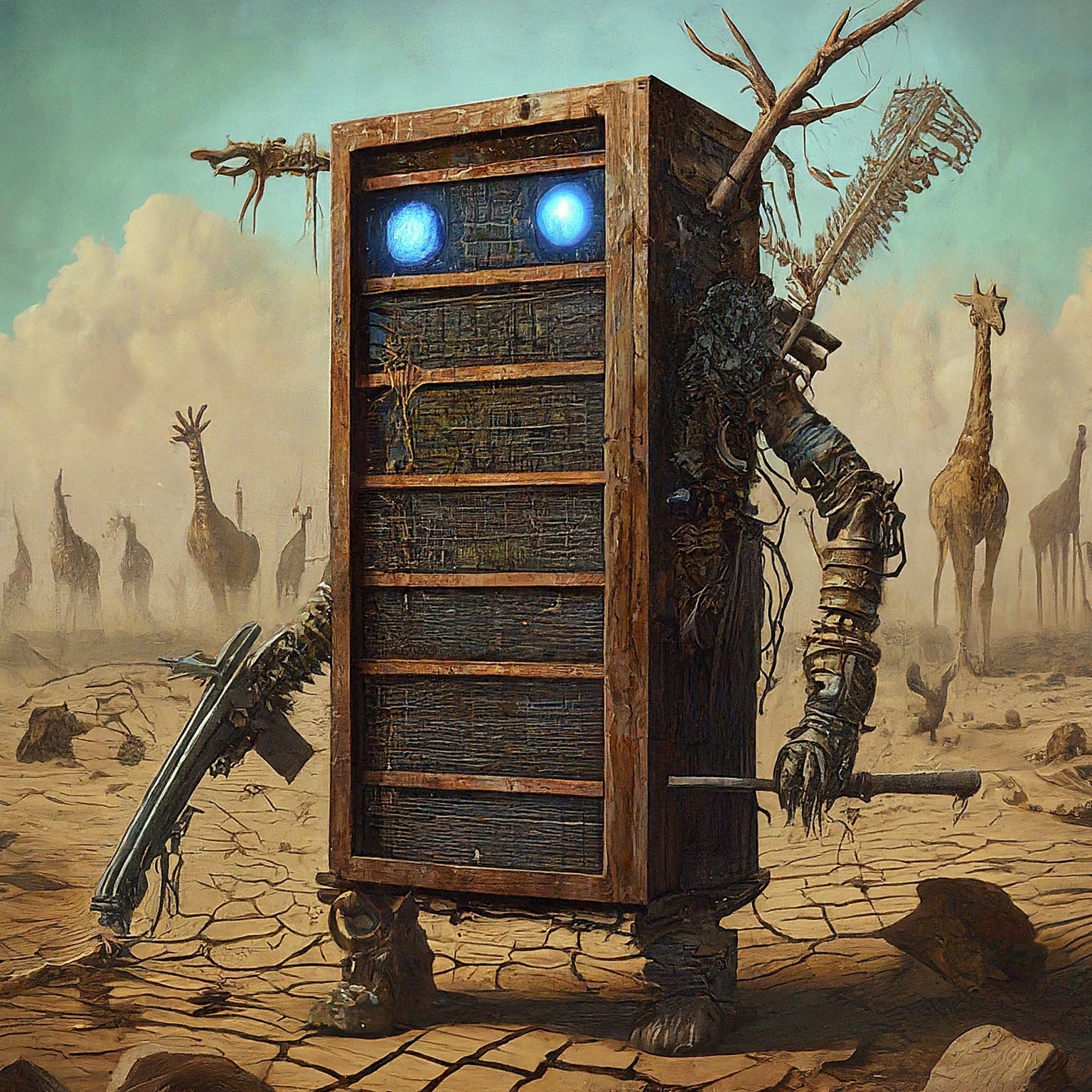Something is going to happen to Intel soon. We do not know exactly what, but rain is coming and it will wash away the current impasse. And someday, far off in the future we will look back on this period and wonder what all the fuss was about. There is value in Intel, the only question is how much can be captured, how much will get destroyed, and who will end up in charge.
Intel has three stores of value:
- It core CPU business, especially for PCs. Through a combination of channel control, enterprise software, consumer recognition and sheer inertia, Intel has held onto this business throughout its troubles. With the strong showing so far for Lunar Lake, it looks set to maintain this for the foreseeable future. This is also a significant source of volume to fill someone’s fabs.
- Institutional knowledge of developing leading edge fabs. Bad management decisions led to the company’s current predicament, but the core talent base of advancing semis manufacturing still exists at Intel. Say what you will about 5 Nodes in 4 Years, they look set to pull it off technologically. Of course, the economics of this remain highly questionable, but the company still carries $100 billion in fab assets and has a team capable of advancing their capabilities.
- A grab bag of other assets including Mobile Eye, Altera, their networking products.
Arguably, they also have a capable team of CPU designers. At this point, it is unclear just how much value is left here. For years, Intel’s designers have leaned heavily on manufacturing operations, and while their PC CPUs look promising, the data center side does not look good. Maybe this team lags because of management mistakes – with competent talent wasting cycles on the wrong products, or maybe they have just lost too much with time, multiple RIFs, attrition and employee frustration.
There is a strand of cognitive dissonance in all the latest discussions about Intel (and here and here). With everyone arguing that Intel is broken, that it needs to change course, that it needs to split in two. The emphasis is always on bad things are. That being said, the unspoken assumption in all this talk about potential acquisitions is that there is a bargain to be had for someone. As a thought experiment, imagine Broadcom buying Intel. Does anyone think that Hock Tan would not make (another) fortune buying Intel and working the Broadcom playbook? There seem to be several companies with this on their mind, and a few people angling for the CEO role.
So ultimately, we are arguing about a change in management. We have heard several arguments in favor of an acquisition, of a change in CEO that would require, and even a few people who liked the idea of just shutting down the fabs. Some of these have merit, but we keep coming back to the fundamental problem of the fabs. As we point out, there is value in the fabs, perhaps a lot of value for a patient, deep-pocketed buyer. Absent a Broadcom-style slash and burn approach, it will take at least two years to split Intel Product from Intel Foundry. In that time, the company can reach its 14A node, which has the potential to alter the landscape. Our sense is that most people looking to split off Foundry assume that the US government will take a hand somehow, providing support. We see this as both unlikely (but not impossible) and bad for everyone involved – not least the US taxpayer.
Somewhere down the line, after the storm breaks and brings some form of corporate apocalypse, there will still be an Intel. The world will still need merchant CPUs, and some form of Intel can provide these. The same goes for its fabs. So the question is what form that will that take and who will survive to see it happen.




Leave a Reply